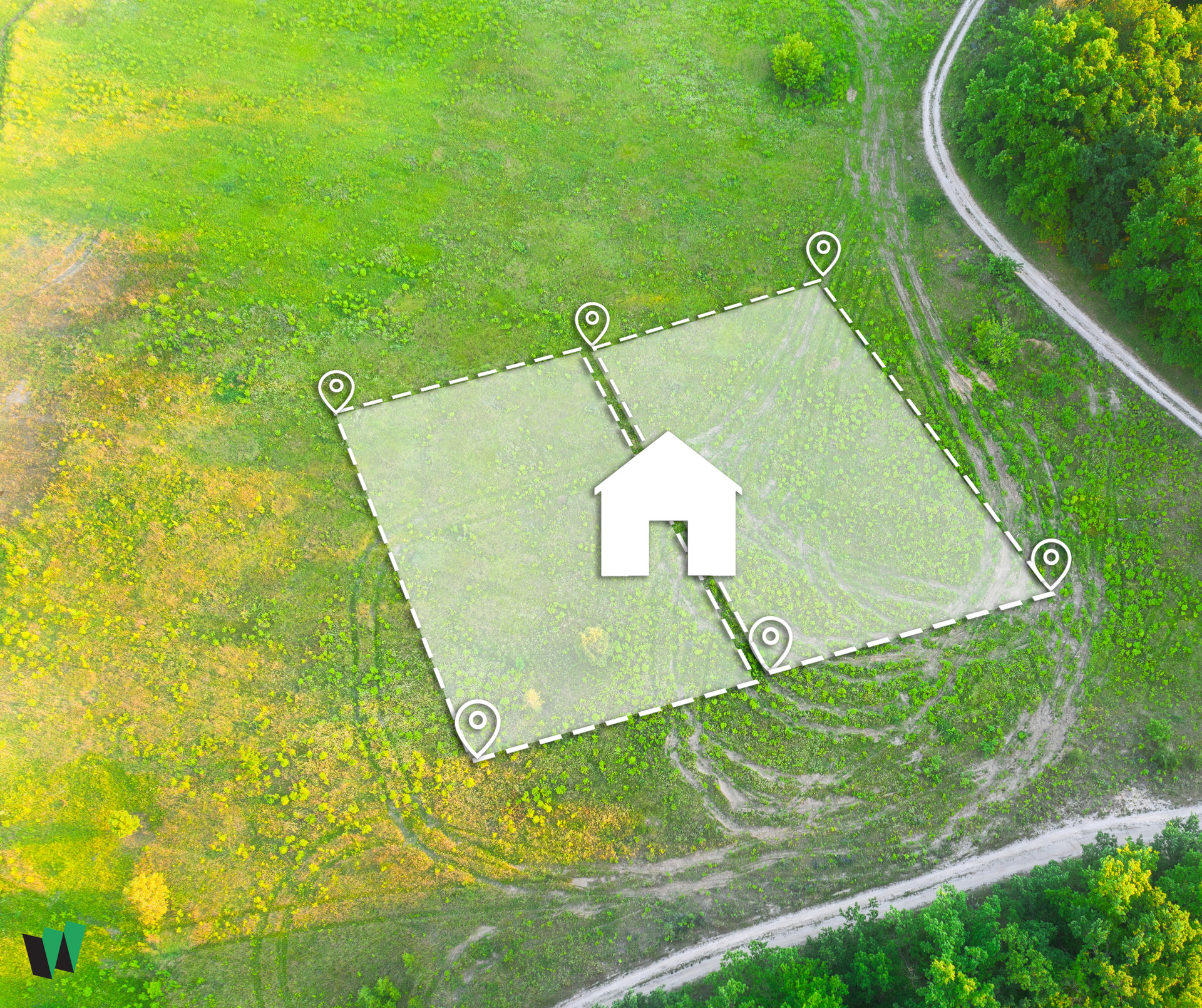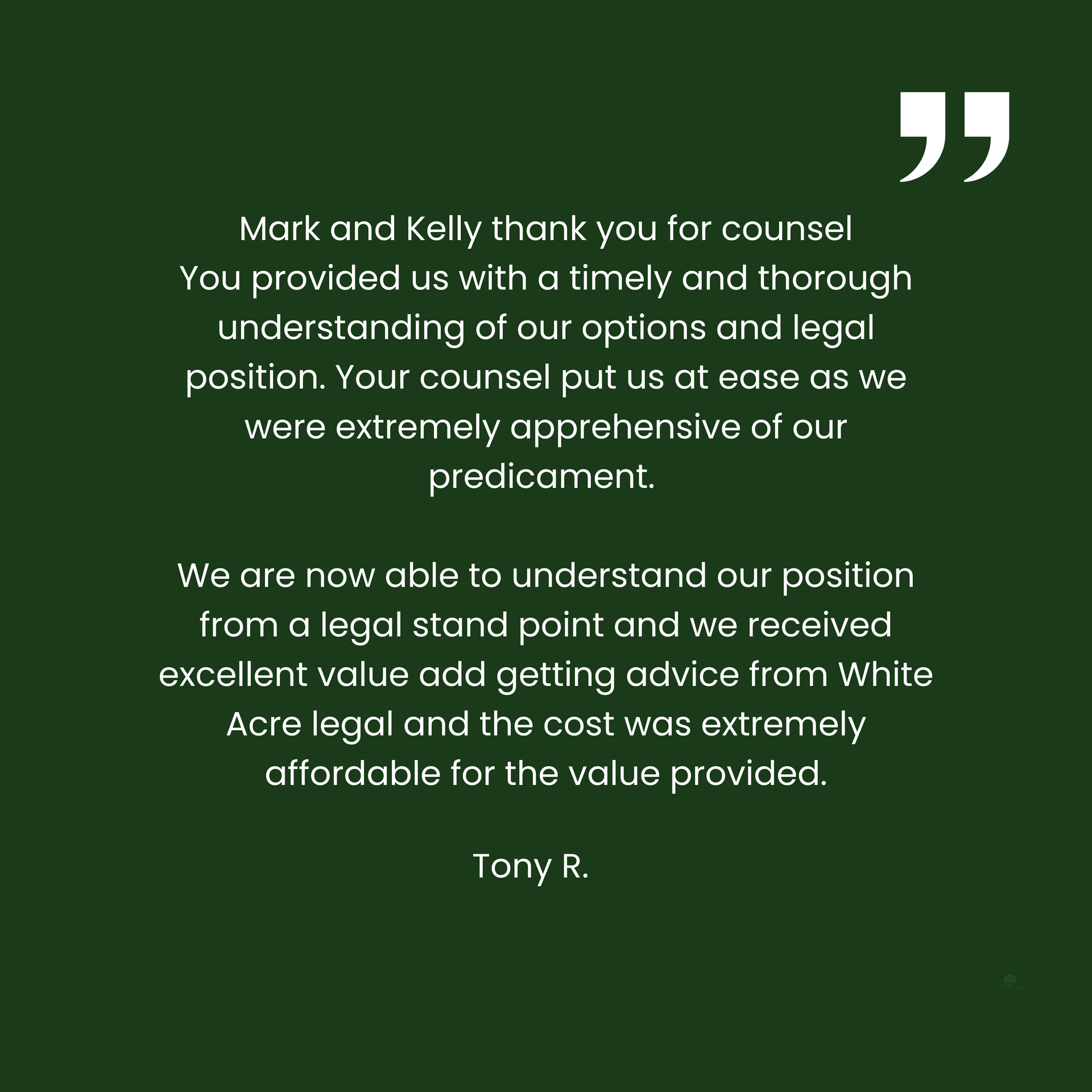Physical Commencement of Development Consents – Part Two
Development consents granted after 15 May 2020 face stricter requirements to determine whether they are substantially commenced and thus remain valid. This article reviews recent case law in New South Wales (NSW) and outlines the types of work that can qualify as physical commencement.
Changes to Legislation
Section 96 of the Environmental Planning and Assessment Regulation 2021 (2021 Regulation) has raised the standard for what constitutes physical commencement. For development consents granted after 15 May 2020, certain activities are explicitly excluded from being sufficient to meet this requirement. These activities include:
- Creating boreholes for soil testing
- Removing soil or water for testing
- Conducting survey work (e.g., placing pegs)
- Acoustic testing
- Removing vegetation as an ancillary task
- Marking the ground to indicate development plans
The aim is to ensure that more substantial work is completed to validate the commencement of a development consent.
The comprehensive case law on the question of what constitutes physical commencement continues to apply. For discussion on the test under the previous rules and the considerable case law on physical commencement, see our earlier article here:
Physical commencement and lapsing of development consents
Since our earlier article, some more recent case law gives insight into how the Land and Environment Court applies the test of physical commencement.
The test for physical commencement
It is helpful to restate the test for physical commencement.
Section 4.53(4) of the Environmental Planning and Assessment Act 1979 (EPA Act) provides:
(4) Development consent for:
a. the erection of a building, or
b. the subdivision of land, or
c. the carrying out of a work,
does not lapse if building, engineering or construction work relating to the building, subdivision or work is physically commenced on the land to which the consent applies before the date on which the consent would otherwise lapse under this section.
Key Legal Cases
2 Phillip Rise Pty Ltd v Kempsey Shire Council [2023] NSWLEC 28
In this case, it was determined that for a development consent to be physically commenced, the work must relate directly to the consent. The court highlighted the importance of examining the scope of the activity rather than who performed it or the underlying reasons for the work.
Facts
The oil company Caltex conducted soil testing required for environmental remediation on the landowner’s site. The landowner granted Caltex access to the site to carry out the testing. The question arose whether this testing by a third party for environmental remediation reasons, could be relied on to satisfy compliance with a condition of the landowner’s development consent.
The Applicant submitted that the correct approach was not to ascertain why the testing had been undertaken, but to ask what had been sought to be achieved by the scope of the testing and the results from it. Considering the question of purpose on the ‘what’ rather than the ‘why’ basis meant that the results from the borehole within the Applicant’s site were what was relevant for the purposes of satisfaction of conditions of the development consent.
Outcome
The court ruled that the consent had not lapsed, affirming that the testing met the necessary conditions despite being conducted by an external party.
Key takeaways
It is the scope of the activity, rather than who carried it out or why it was carried out, that is relevant for determining whether the activity ‘relates to’ the development consent. The work does not need to be carried out by or directly on behalf of the beneficiary of the development consent to constitute physical commencement.
Test for physical commencement of complying development certificates
Chu v Inner West Council [2022] NSWLEC 14
This case marked the first evaluation of physical commencement for complying development certificates (CDCs) by a court.
Facts
A landowner challenged a development control order issued by the Council, claiming physical commencement through activities by an asbestos consultant and tree work.
An asbestos consultant had attended the site to assess the presence of any asbestos containing material. He had engaged in a visual inspection and physical tapping of internal and external wall cladding to assess presence of such material and had prepared a report of the inspection.
An arborist had pruned the trees on the site in preparation for demolition work. Conditions in the CDC required the landowner to do certain things before any ‘site works, building or demolition begins’. At the time of the tree pruning, the landowners had not complied with these conditions.
Findings
The asbestos consultant's activities were deemed insufficient for physical commencement as they did not involve any actual construction work.
The tree pruning performed by an arborist was found to be unlawful because it constituted “site works” which did not comply with the CDC conditions and therefore could not be relied on.
Key takeaways
- The Court may interpret s 4.29 and s 4.53 of the Act, in relation to CDCs and development consents, differently.
- Work can only constitute physical commencement when it is lawfully conducted. This means that all conditions applicable to the work must be complied with.
What is the relationship between satisfaction of deferred commencement conditions and physical commencement?
A development consent is not effective until all deferred commencement conditions are satisfied. If these conditions are not met within the specified timeframe, the consent lapses (Section 4.53(6)).
Once these conditions are fulfilled, the consent must then be physically commenced to prevent any lapse under Section 4.53(1) of the EP&A Act. Importantly, the timeframe for physical commencement does not begin until the consent becomes operational, meaning the relevant work must occur after the deferred commencement conditions are satisfied.
Is intention relevant?
Developers do not need to demonstrate genuine intent to complete the project. The focus is on whether the work is genuinely required by the consent. Even if a developer performs work solely to prevent the consent from lapsing, this does not disqualify the work from being considered a valid physical commencement. This was addressed in Besmaw Pty Ltd v Sutherland Shire Council (2003) 127 LGERA 413 (at [109]-[112]) and remains the case.
Conclusion
- Developers must undertake more than minor activities, such as digging boreholes or placing survey pegs, to demonstrate physical commencement.
- The timeframe for physical commencement begins only after deferred commencement conditions are satisfied.
- The motivation behind the works is irrelevant as long as they relate to the consent.
- Once the consent has been physically commenced, there is no further risk of lapse if work does not continue for some time.
Contact us for further assistance
We can assist by considering the individual circumstances of your development consent, granted either on or after 15 May 2020, and advise on its activation by ‘physical commencement’ of certain works to ensure it does not lapse.
We can also undertake a detailed review of any proposed conditions of consent and advise on any opportunity to minimise your risk in relation to enlivening your future development consent.
If you have any questions regarding any aspect of this article, please feel free to get in touch.
Require further Assistance? Please do not hesitate to call us on (02) 9145 0900 or make an enquiry below.
We will get back to you as soon as possible.
Please try again later.
Browse by categories

Servicing all of NSW, Whiteacre provides expert property law and planning and environment law advice and assistance.
✓ Planning Law Advice
✓ Land and Environment Court Appeals
✓ Voluntary Planning Agreements and Contributions
✓ Development Control Orders and Enforcement
✓ Property Development Advice and Due Diligence
✓ Title Structuring
✓ Easements and Covenants
✓
Strata and Community Title legislation
Book an initial consultation through our website with our planning law solicitor. Whether it's about planning and environment law or property law, you can approach us and discuss your matter to make sure we are a good fit for your requirements.

Need expert advice?
Whiteacre Legal are committed to achieving solutions for clients.
Book an initial consultation today so we can assist you further.
Contact Us
We will get back to you as soon as possible.
Please try again later.

Whiteacre is a boutique property law firm specialising in planning and environment law. We bring more than 20 years of experience acting for private developers, private equity funds and local councils, giving us a unique insight into the significant challenges that each side faces for development applications, planning agreements or support for complex litigation matters.
Get In Touch
Phone:
Head Office
Wollongong
Suite 3, 129 Crown Street,
Wollongong NSW 2500
LinkedIn Page
Other Locations
Sydney CBD
Level 13, 111 Elizabeth Street,
Sydney NSW 2000
News and Insights

Whiteacre is a boutique planning and property law firm specialising in planning and environmental law. We bring more than 20 years of experience acting for private developers, private equity funds and local councils, giving us a unique insight into the significant challenges that each side faces for development applications, planning agreements or support for complex litigation matters.
Get In Touch
Phone
Head Office
Wollongong
Suite 3, 129 Crown Street, Wollongong NSW 2500
Other Locations
LinkedIn Page
News and Insights
Client Reviews

Slide title
Write your caption hereButton
Slide title
Write your caption hereButton
Slide title
Write your caption hereButton
Slide title
Write your caption hereButton
Slide title
Write your caption hereButton
Slide title
Write your caption hereButton
Slide title
Write your caption hereButton
Slide title
Write your caption hereButton
Slide title
Write your caption hereButton
Slide title
Write your caption hereButton
Slide title
Write your caption hereButton
Slide title
Write your caption hereButton
Slide title
Write your caption hereButton
Slide title
Write your caption hereButton
Slide title
Write your caption hereButton
Slide title
Write your caption hereButton
Slide title
Write your caption hereButton
Slide title
Write your caption hereButton
Slide title
Write your caption hereButton
Slide title
Write your caption hereButton
Slide title
Write your caption hereButton
Slide title
Write your caption hereButton
Slide title
Write your caption hereButton
Copyright 2024 Whiteacre Legal










